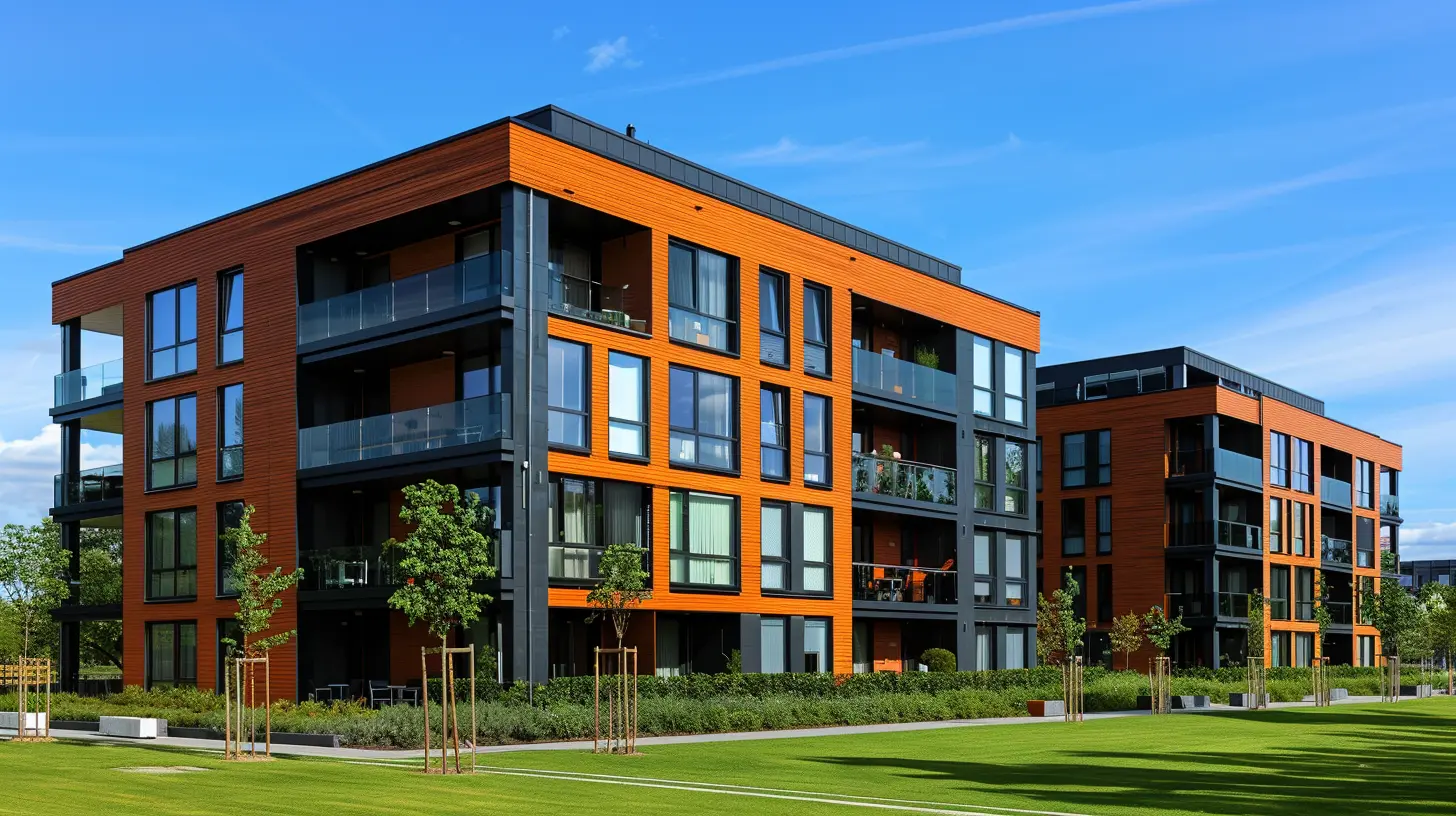The Role of Lease Agreements in Commercial Property Management
19 October 2025
When it comes to managing commercial properties, lease agreements are the backbone of the entire operation. Think of them as the rulebook that governs the landlord-tenant relationship, ensuring both parties are on the same page. A well-structured lease can prevent disputes, protect financial interests, and provide a clear roadmap for both landlords and tenants.
But how exactly do lease agreements shape commercial property management? Let’s break it down in a way that’s easy to understand.

What Is a Commercial Lease Agreement?
A commercial lease agreement is a legally binding contract between a landlord and a business tenant. It outlines the terms under which the tenant can occupy and use the property.Unlike residential leases, which tend to be more standardized, commercial leases are often customized to fit the needs of both parties. This flexibility ensures both the landlord and tenant can negotiate terms that align with their business goals.
Key Components of a Commercial Lease Agreement
So, what exactly goes into a commercial lease? Here are some of the most critical elements:- Lease Term – Specifies the duration of the lease, whether short-term or long-term.
- Rent and Payment Terms – Details the rental amount, due dates, and any potential rent increases.
- Security Deposit – Protects the landlord in case the tenant defaults or damages the property.
- Permitted Use Clause – Defines how the tenant is allowed to use the property.
- Maintenance and Repairs – Outlines who is responsible for upkeep and repairs.
- Exit Clauses and Penalties – Covers conditions for early termination and associated costs.
Each of these components plays an essential role in protecting both parties and ensuring smooth property management.

Why Lease Agreements Are Crucial in Commercial Property Management
Lease agreements do more than just define rental terms; they serve as a playbook for managing commercial properties effectively. Let’s look at how they keep things running smoothly.1. Establishing Clear Expectations
Nobody likes surprises when it comes to business deals. A solid lease agreement ensures that both the landlord and tenant understand their obligations from day one.For example, if a tenant is responsible for property maintenance, this should be explicitly mentioned in the agreement. This removes ambiguity and prevents future disputes.
2. Protecting Financial Interests
For landlords, rental income is the lifeblood of their investment. Lease agreements secure this income stream by detailing rental amounts, late fee penalties, and escalation clauses.Similarly, tenants benefit from knowing their financial obligations upfront, allowing them to plan their budgets accordingly.
3. Reducing Legal Risks
A well-crafted lease agreement serves as a legal safeguard. If a dispute arises, the lease is the first document courts refer to when resolving issues.For instance, if a tenant fails to pay rent, the lease outlines the legal steps the landlord can take to recover losses. Without a formal agreement, managing such disputes can become a nightmare.
4. Defining Property Use and Restrictions
Imagine leasing a space thinking it will be used for a boutique shop, only to find out the tenant wants to open a nightclub instead. That could be a problem!Lease agreements clarify acceptable business activities, ensuring the property is used appropriately. This helps maintain the building’s integrity and keeps neighbors happy.
5. Handling Lease Renewals and Terminations
Lease agreements don’t just dictate how a rental starts—they also set rules for how it ends. Whether it’s renewing, terminating, or enforcing penalties for breaking the lease, having clear terms avoids messy conflicts.
Types of Commercial Lease Agreements
Not all leases are created equal. Depending on the deal between the landlord and tenant, different types of leases can be used.1. Gross Lease (Full-Service Lease)
In a gross lease, the tenant pays a fixed rental amount, and the landlord covers most (if not all) property expenses, including taxes, insurance, and maintenance. This is common in office buildings.2. Net Lease (Single, Double, and Triple Net Leases)
Net leases shift some or all property expenses to the tenant.- Single Net Lease (N Lease) – Tenant pays rent plus property taxes.
- Double Net Lease (NN Lease) – Tenant covers rent, property taxes, and insurance.
- Triple Net Lease (NNN Lease) – Tenant takes on rent, taxes, insurance, and maintenance costs.
Triple net leases are popular with investors as they push most expenses onto tenants.
3. Modified Gross Lease
A hybrid between gross and net leases, where both the landlord and tenant share expenses. The terms vary based on negotiation.4. Percentage Lease
More common in retail properties, tenants pay a base rent plus a percentage of their sales revenue. This allows landlords to benefit from the tenant’s business success.
Common Lease Pitfalls to Avoid
Even the best lease agreement can have loopholes if not carefully drafted. Here are some common mistakes landlords and tenants should watch out for:1. Vague or Unclear Clauses
A lease should be crystal clear. Ambiguous terms can lead to disputes and costly legal battles.2. Ignoring Future Rent Increases
Failing to outline rent escalation terms can result in unexpected financial strain for tenants or lost income for landlords.3. Overlooking Exit Clauses
What happens if a tenant needs to leave early? Without clear exit clauses, breaking a lease can lead to financial chaos.4. Misunderstanding Maintenance Responsibilities
Deciding who handles repairs and upkeep should never be an afterthought—it should be explicitly mentioned in the contract.How to Ensure a Strong Lease Agreement
To craft a strong lease, both parties should:- Consult with a real estate attorney
- Clearly define responsibilities and obligations
- Discuss potential modifications before signing
- Keep the agreement comprehensive yet easy to understand
Final Thoughts
At the end of the day, lease agreements are the glue that holds commercial property management together. They provide structure, set expectations, and minimize risks for both landlords and tenants.Whether you're a property owner or a business looking to rent, understanding how lease agreements work is essential. A well-drafted lease can mean the difference between a smooth operation and a legal nightmare. So before signing on the dotted line, make sure your lease protects your interests and aligns with your goals.
all images in this post were generated using AI tools
Category:
Lease AgreementsAuthor:

Cynthia Wilkins
Discussion
rate this article
1 comments
Zareth Sharp
Ah yes, lease agreements! The magical scrolls that turn ‘I’ll think about it’ into ‘You’re legally bound for five years.’ Because who doesn’t love a little fine print to spice up their otherwise thrilling commercial property adventures?
October 25, 2025 at 4:11 AM

Cynthia Wilkins
Thanks for the humorous take! Lease agreements can indeed feel daunting, but they're essential for protecting both parties in commercial property transactions.


